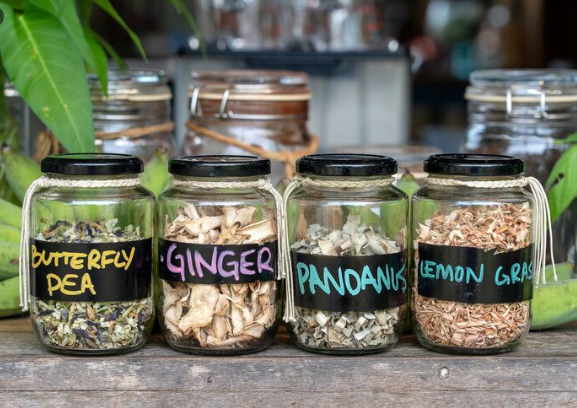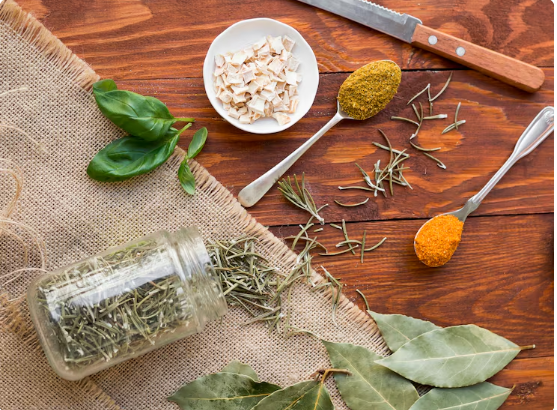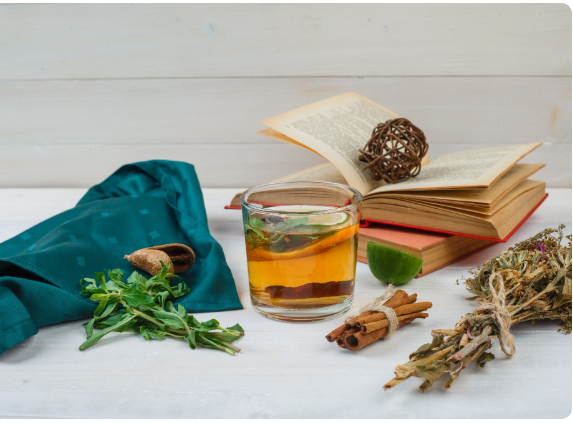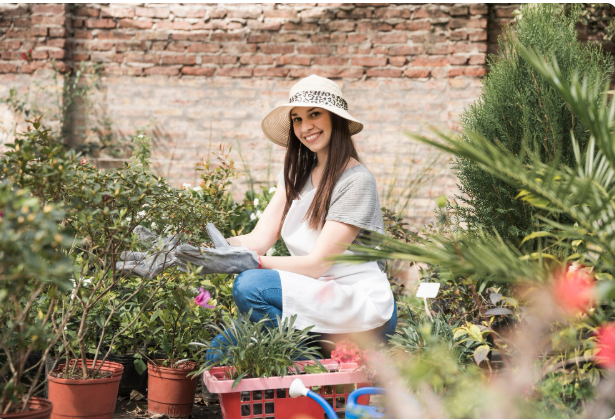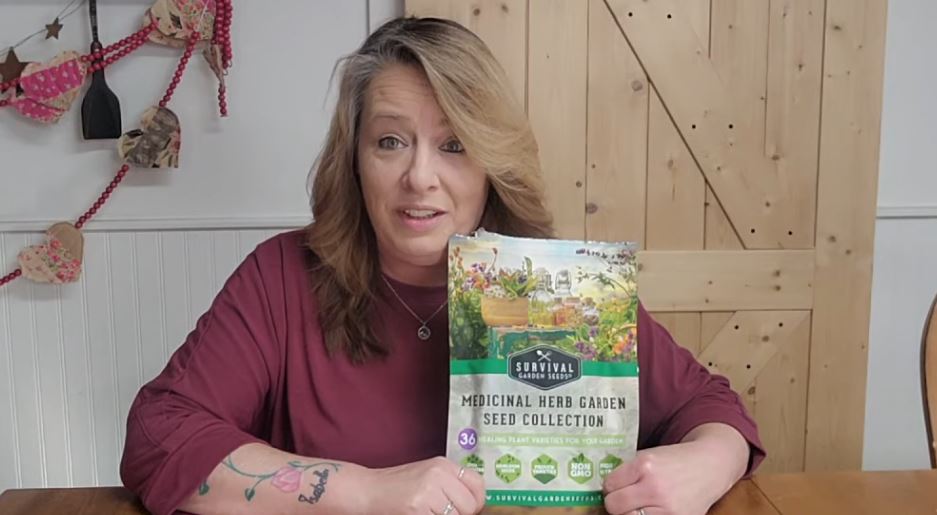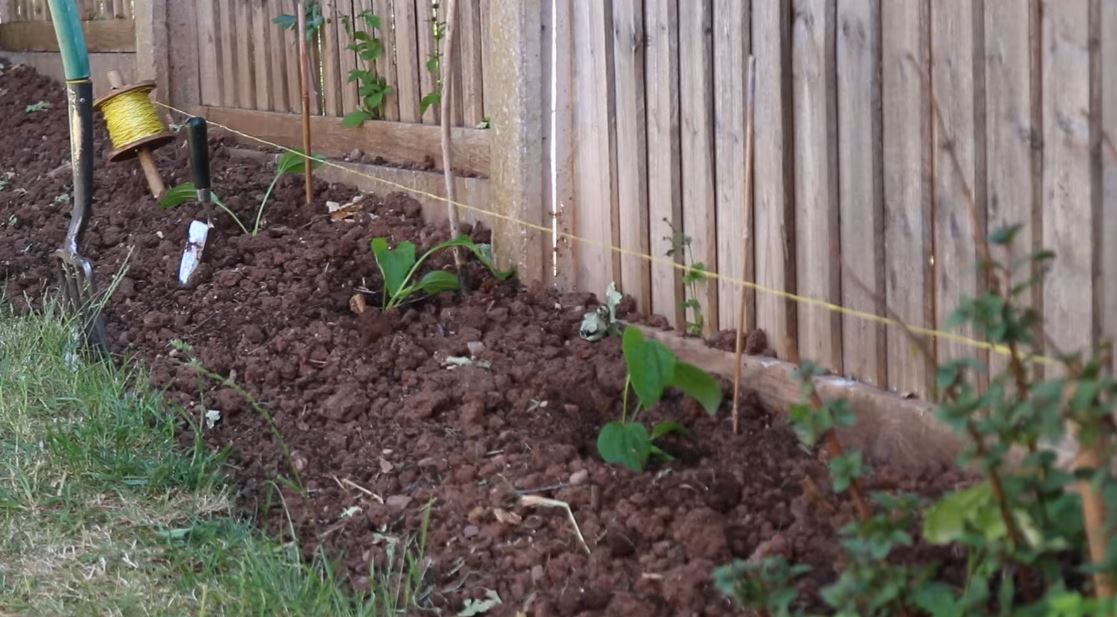A somewhat comparable sense of fulfillment is experienced when bottling late-summer sunlight before it subtly transitions into another season, as is the process of preserving homegrown medicinal herbs. Many gardeners refer to this as a reassuring pause, the time when the aroma of chamomile or dried mint suddenly wafts up and reminds you why these minor actions of preservation feel so helpful in day-to-day living. More than just a useful habit, storing herbs is a positive act that promotes long-term health and honors the minute labor of your own hands.
Harvesting sets the tone for everything else, and in the last several days, I’ve come to understand how very successful early-morning picking can be. When the dew eventually goes away but the heat hasn’t reached its peak, the essential oils are still very concentrated. It is almost as if a fresh breeze has been awakened by the sharpness of the leaves. Herbal work gains emotional depth from these kinds of sensory subtleties, which serve as a reminder that time is just as important as technique in this process. The goal of handling the herbs as carefully as possible becomes very evident: any bruising releases valuable oils too soon, diminishing the potency you wish to preserve.
| Information | Details |
|---|---|
| Topic | How to Store Homegrown Medicinal Herbs |
| Key Storage Goals | Protect essential oils, minimize light, heat, air, and moisture |
| Best Storage Tools | Airtight glass jars, cool dark shelves, whole leaves |
| Additional Methods | Freezing, oil infusions, vinegar extractions |
| Shelf Life | Up to one year when stored properly |
| Recommended Reference | |
| Common Uses | Teas, tinctures, balms, culinary blends |
The change starts with drying, and air-drying is frequently the technique that amateur herbalists rely on the most. After hanging upside down in a warm, still place for a week or two, the bundles transform into graceful miniature sculptures. I’ve seen chamomile, rosemary, and thyme gradually change, their stems becoming brittle as the leaves solidify, and the regular routine of inspecting them feels very reassuring. When kept away from direct sunshine, which can drastically impair color and potency, this method is straightforward yet incredibly effective at maintaining both structure and aroma.
Different methods are required for certain herbs, and dehydrators provide a very flexible solution, particularly in humid regions. Medicinal oils are kept very durable by setting the machine between 95°F and 115°F, and the dehydrator’s constant hum produces an unexpectedly calming soundtrack for an afternoon spent in the kitchen. This method works particularly well for basil and mint, which dry more quickly and maintain a noticeably better color than air-drying in humid conditions. Paper bags or screens offer even more versatility. Unexpectedly inexpensive and incredibly protective, paper bags let air flow while protecting fragile flowers from dust and light. For flowers like chamomile, which appear to draw in every stray particle that passes by, they become a straightforward yet incredibly powerful instrument.
The storage phase, which discreetly determines potency for the following year, starts once the herbs are completely dried. Glass jars continue to be incredibly dependable for long-term storage, and airtight enclosures are crucial in this case. There’s something nostalgic and dramatic about shelves full of glass jars, the way famous chefs frequently arrange them in their kitchen tours, each jar arranged as if it were a tiny repository of taste and purpose. Ironically, though, the very light that gives those jars their beauty must be kept out of their storage. Cupboards, drawers, or shadowed pantry shelves become the herb’s actual haven because darkness maintains vigor while glass fosters appreciation.
Despite its simplicity, keeping herbs whole until you utilize them is a really creative technique. When leaves are crushed, more surface area is exposed to oxygen, which quickly depletes essential oils. Until you crumble them into tea or blend them into tinctures, whole leaves serve as little natural vaults that store fragrance and therapeutic power. I can personally attest to the difference, since the aroma emanating from intact dried peppermint months later is noticeably more potent than anything crushed beforehand. In this instance, it serves as a brief but significant reminder of why patience is a type of preservation.
Before you’re faced with a cupboard full of identical leaves and have to determine which is oregano and which is lemon balm, labeling jars may seem like a small matter. Dates and brief notes, such as the plant’s growing location or the weather during harvest, give each jar the feel of a personal field log. These small elements subtly influence your relationship with your homemade medication, transforming storage from a straightforward organizational task into a narrative. When I use jars with these handwritten labels throughout the winter, I find that they provide little emotional benefits and help me feel more connected to the everyday activities and seasonal changes in my garden.
The container is important, but so are the storage conditions. Although you might not notice it right away, heat subtly changes herbs so that after a few months of poor storage, the color, fragrance, and efficacy all disappear. Similarly, light turns once-vibrant leaves into subdued shadows of themselves. Herbs should be stored in cold, dry, and dark areas since these factors together greatly extend their efficacy. A wooden chest, a drawer tucked away from windows, or even a cabinet away from the heat will significantly increase the shelf life and quality of your herbs.
When properly preserved, the majority of herbs can last up to a year. You can tell by their color and aroma long before they expire. Much of the herb’s strength has already been lost if the scent hardly comes out of the jar. The procedure is incredibly effective and surprisingly waste-free because herbs can still be used in cooking or lower-intensity medicines as they age.
For some herbs, freezing is a clever addition to drying. Celebrity chefs who value freshness above all else use culinary shortcuts that feel remarkably similar to the tiny, flavorful cubes created by ice-cube trays filled with chopped parsley or cilantro suspended in water or oil. In this manner, fleshy herbs retain their greenness for much longer, making them suitable for use in dressings, broths, or therapeutic mixtures that require a more lively profile.
You may take your herbal practice to the next level using infusions. Vinegar transforms into tart, herbal tonics that are utilized in dressings, drinks, or compresses, elegantly capturing its therapeutic qualities. Even though oil infusions are more sensitive, they produce fragrant bases for cooking oils and salves. Labeling dates become crucial because of the threats to food safety, which necessitate careful handling. These infusions have a shockingly personal feel, combining common products and plants in a way that is considerably more profound than culinary alchemy.
